In the rocky countryside 50 miles northwest of Cuzco (the Inca capital) lies a 15th-century stone city tucked into a mountain-ringed valley high in the Andes. Machu Picchu, is believed to have been a royal estate or sacred religious site for Inca leaders, whose civilization was virtually wiped out by Spanish invaders in the 16th century. For hundreds of years, until the American archaeologist Hiram Bingham stumbled upon it in 1911, the abandoned citadel’s existence was a secret known only to peasants living in the region. The site stretches over an impressive 5 mile distance, featuring more than 3,000 stone steps that link its many different levels. Hundreds of thousands of people visit Machu Picchu every year, braving crowds and landslides to see the sun set over its towering stone monuments and marvel at the mysterious splendour of one of the world’s most famous manmade wonders!

 Presidente y Hermana Duvall ~ Fearless leaders of our Colombia, Bogotá CCM!
Presidente y Hermana Duvall ~ Fearless leaders of our Colombia, Bogotá CCM! Presidente y Hermana Baquerizo, Misión Colombia Bogotá Sur
Presidente y Hermana Baquerizo, Misión Colombia Bogotá Sur
 It’s 3:00 in the morning! Leaving for Machu Picchu!
It’s 3:00 in the morning! Leaving for Machu Picchu!  First a bus, then a train, then another bus to the top!
First a bus, then a train, then another bus to the top!

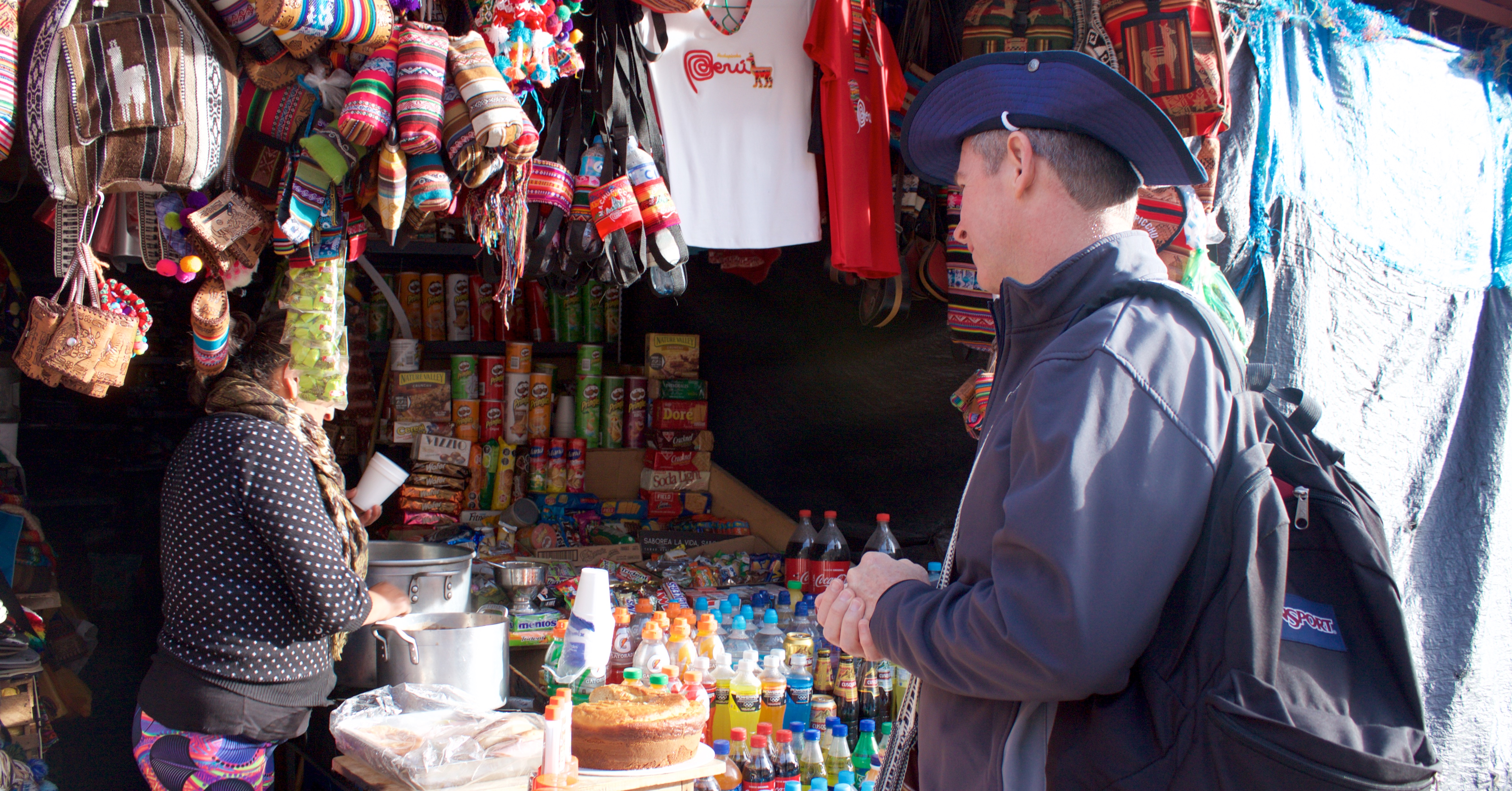 Chocolate caliente!
Chocolate caliente!










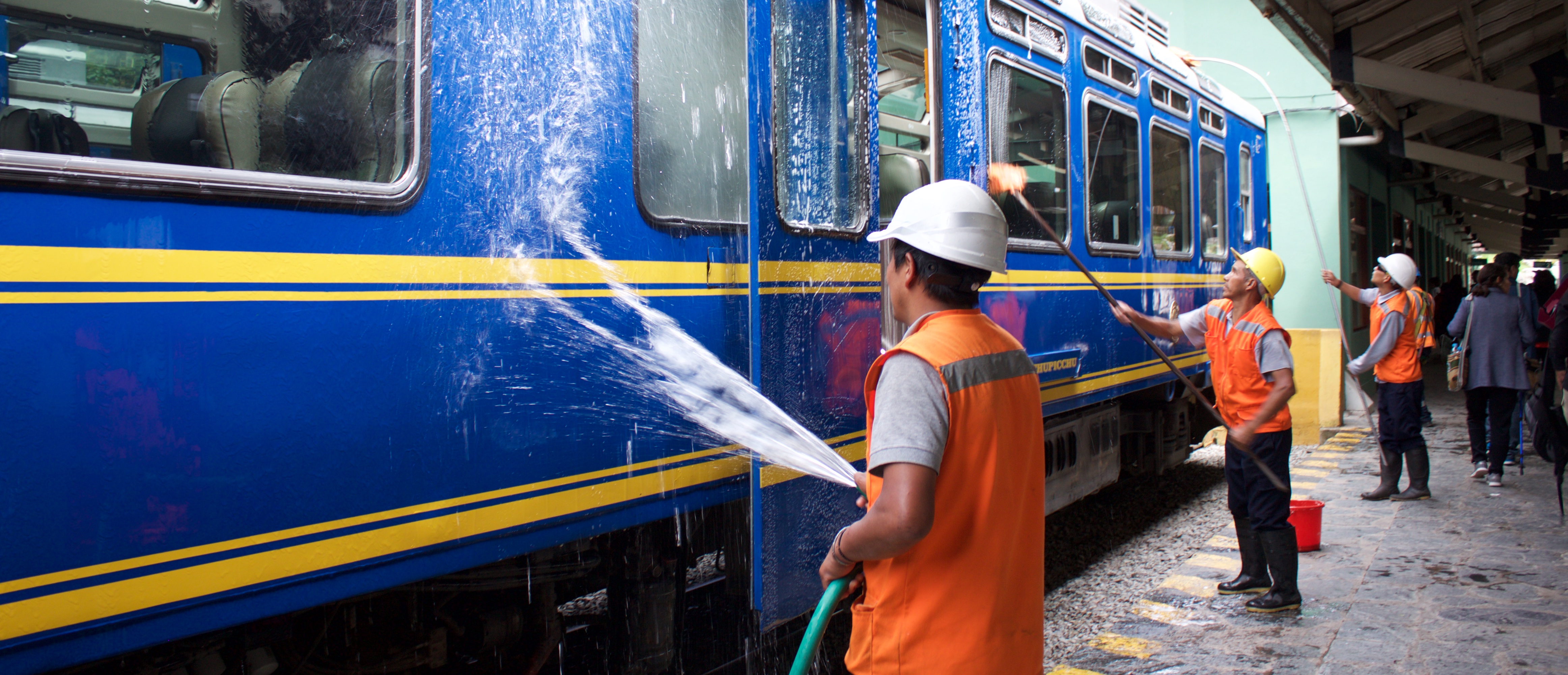






 Machu Picchu’s Inca trail. Peru’s Inca Trail is perhaps the world’s greatest hike because it combines the best of both types of travel: a four-to-five day walk to the spectacular lost city of Machu Picchu that winds through the zone where the snowcapped Andes Mountains crash into the lush Amazon jungle, creating some of the world’s most dramatic and beautiful terrain. Many experts believe that the Incas, the advanced South American civilization blazed this 27-mile trail five centuries ago as a holy pilgrimage that prepared visitors to enter Machu Picchu.
Machu Picchu’s Inca trail. Peru’s Inca Trail is perhaps the world’s greatest hike because it combines the best of both types of travel: a four-to-five day walk to the spectacular lost city of Machu Picchu that winds through the zone where the snowcapped Andes Mountains crash into the lush Amazon jungle, creating some of the world’s most dramatic and beautiful terrain. Many experts believe that the Incas, the advanced South American civilization blazed this 27-mile trail five centuries ago as a holy pilgrimage that prepared visitors to enter Machu Picchu.








 In the midst of a tropical mountain forest on the eastern slopes of the Peruvian Andes, Machu Picchu’s walls, terraces, stairways and ramps blend seamlessly into its natural setting. The site’s finely crafted stonework, terraced fields and sophisticated irrigation system bear witness to the Inca civilization’s architectural, agricultural and engineering prowess. Its central buildings are prime examples of a masonry technique mastered by the Incas in which stones were cut to fit together without mortar.
In the midst of a tropical mountain forest on the eastern slopes of the Peruvian Andes, Machu Picchu’s walls, terraces, stairways and ramps blend seamlessly into its natural setting. The site’s finely crafted stonework, terraced fields and sophisticated irrigation system bear witness to the Inca civilization’s architectural, agricultural and engineering prowess. Its central buildings are prime examples of a masonry technique mastered by the Incas in which stones were cut to fit together without mortar.  Historians believe Machu Picchu was built at the height of the Inca Empire, which dominated western South America in the 15th and 16th centuries. It was abandoned an estimated 100 years after its construction, probably around the time the Spanish began their conquest of the mighty pre-Columbian civilization in the 1530s. There is no evidence that the conquistadors ever attacked or even reached the mountaintop citadel, however; for this reason, some have suggested that the residents’ desertion occurred because of a smallpox epidemic.
Historians believe Machu Picchu was built at the height of the Inca Empire, which dominated western South America in the 15th and 16th centuries. It was abandoned an estimated 100 years after its construction, probably around the time the Spanish began their conquest of the mighty pre-Columbian civilization in the 1530s. There is no evidence that the conquistadors ever attacked or even reached the mountaintop citadel, however; for this reason, some have suggested that the residents’ desertion occurred because of a smallpox epidemic.

 Machu Picchu is made up of more than 150 buildings ranging from baths and houses to temples and sanctuaries.
Machu Picchu is made up of more than 150 buildings ranging from baths and houses to temples and sanctuaries.  Many modern-day archaeologists now believe that Machu Picchu served as a royal estate for Inca emperors and nobles. Others have theorized that it was a religious site, pointing to its proximity to mountains and other geographical features that the Incas held sacred. Dozens of alternate hypotheses have cropped up in the years since Machu Picchu was first unveiled to the world, with scholars variously interpreting it as a prison, a trade hub, a station for testing new crops, a women’s retreat or a city devoted to the coronation of kings, among many examples.
Many modern-day archaeologists now believe that Machu Picchu served as a royal estate for Inca emperors and nobles. Others have theorized that it was a religious site, pointing to its proximity to mountains and other geographical features that the Incas held sacred. Dozens of alternate hypotheses have cropped up in the years since Machu Picchu was first unveiled to the world, with scholars variously interpreting it as a prison, a trade hub, a station for testing new crops, a women’s retreat or a city devoted to the coronation of kings, among many examples. 



 In the summer of 1911 the American archaeologist Hiram Bingham arrived in Peru with a small team of explorers hoping to find Vilcabamba, the last Inca stronghold to fall to the Spanish. Traveling on foot and by mule, Bingham and his team made their way from Cuzco into the Urubamba Valley, where a local farmer told them of some ruins located at the top of a nearby mountain. The farmer called the mountain Machu Picchu, which translates to “old peak” in the native Quechua language. On July 24, after a tough climb to the mountain’s ridge in cold and drizzly weather, Bingham met a small group of peasants who showed him the rest of the way. Led by an 11-year-old boy, Bingham got his first glimpse of the intricate network of stone terraces marking the entrance to Machu Picchu.
In the summer of 1911 the American archaeologist Hiram Bingham arrived in Peru with a small team of explorers hoping to find Vilcabamba, the last Inca stronghold to fall to the Spanish. Traveling on foot and by mule, Bingham and his team made their way from Cuzco into the Urubamba Valley, where a local farmer told them of some ruins located at the top of a nearby mountain. The farmer called the mountain Machu Picchu, which translates to “old peak” in the native Quechua language. On July 24, after a tough climb to the mountain’s ridge in cold and drizzly weather, Bingham met a small group of peasants who showed him the rest of the way. Led by an 11-year-old boy, Bingham got his first glimpse of the intricate network of stone terraces marking the entrance to Machu Picchu.


 Archaeologists have identified several distinct sectors that together comprise the city, including a farming zone, a residential neighborhood, a royal district and a sacred area. Machu Picchu’s most distinct and famous structures include the Temple of the Sun and the Intihuatana stone, a sculpted granite rock that is believed to have functioned as a solar clock or calendar.
Archaeologists have identified several distinct sectors that together comprise the city, including a farming zone, a residential neighborhood, a royal district and a sacred area. Machu Picchu’s most distinct and famous structures include the Temple of the Sun and the Intihuatana stone, a sculpted granite rock that is believed to have functioned as a solar clock or calendar. 




















 A UNESCO World Heritage Site since 1983 and designated one of the New Seven Wonders of the World in 2007, Machu Picchu is Peru’s most visited attraction and South America’s most famous ruins, welcoming hundreds of thousands of people a year. Increased tourism, the development of nearby towns and environmental degradation continue to take their toll on the site, which is also home to several endangered species. As a result, the Peruvian government has taken steps to protect the ruins and prevent erosion of the mountainside in recent years.
A UNESCO World Heritage Site since 1983 and designated one of the New Seven Wonders of the World in 2007, Machu Picchu is Peru’s most visited attraction and South America’s most famous ruins, welcoming hundreds of thousands of people a year. Increased tourism, the development of nearby towns and environmental degradation continue to take their toll on the site, which is also home to several endangered species. As a result, the Peruvian government has taken steps to protect the ruins and prevent erosion of the mountainside in recent years.













 Back to our hotel in Cusco for dinner.
Back to our hotel in Cusco for dinner.





Hermana Peres!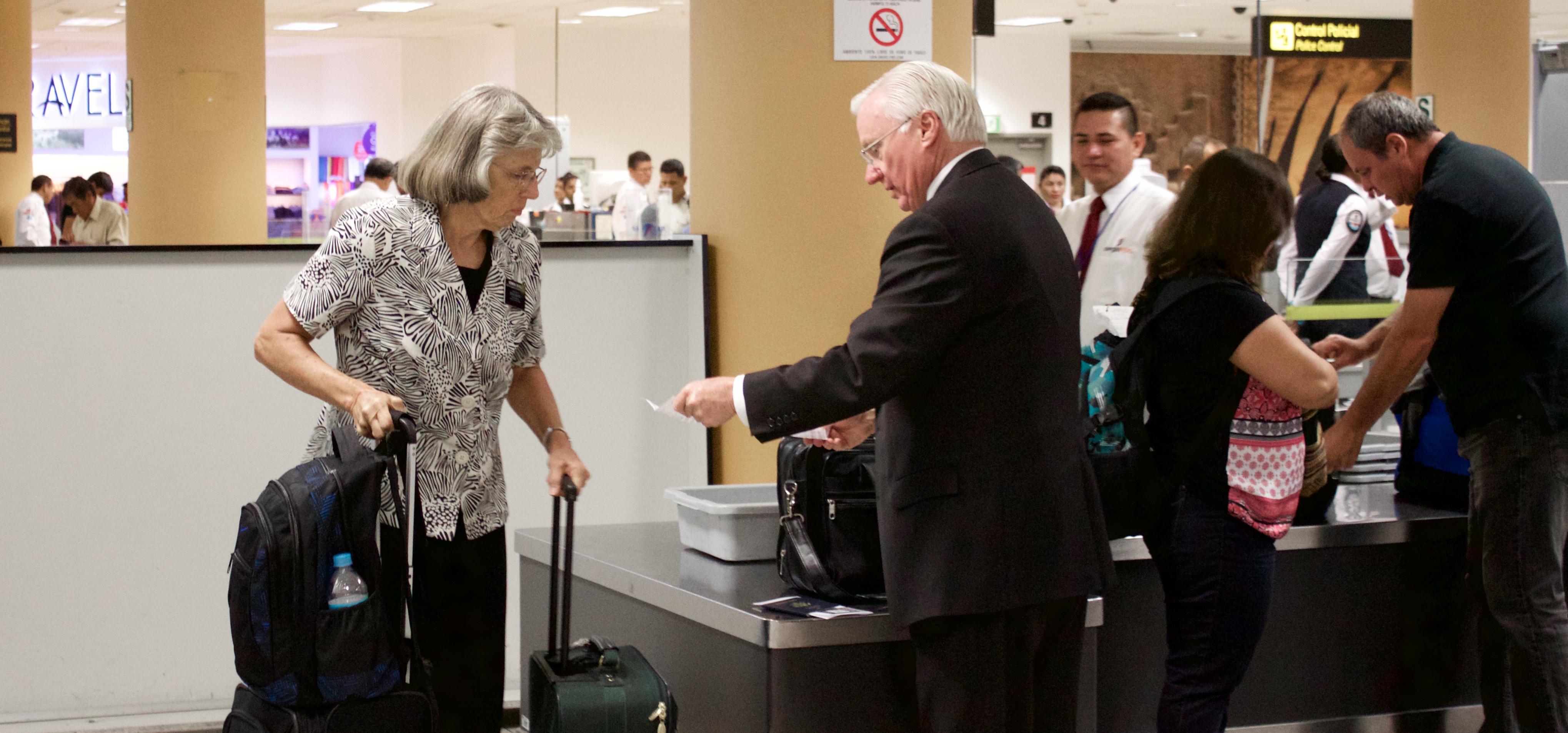



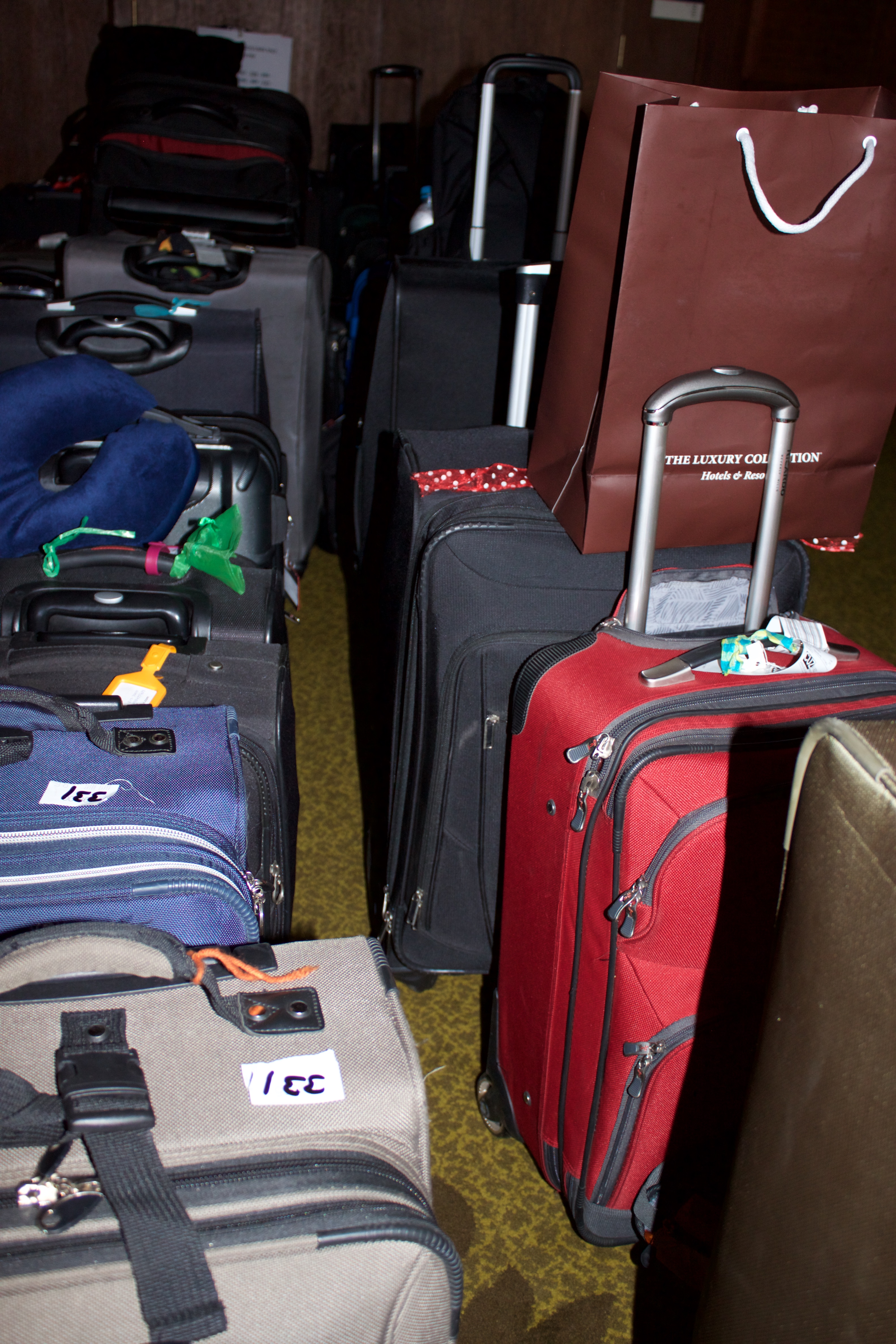

 I want some lights like these in my house!!!
I want some lights like these in my house!!!




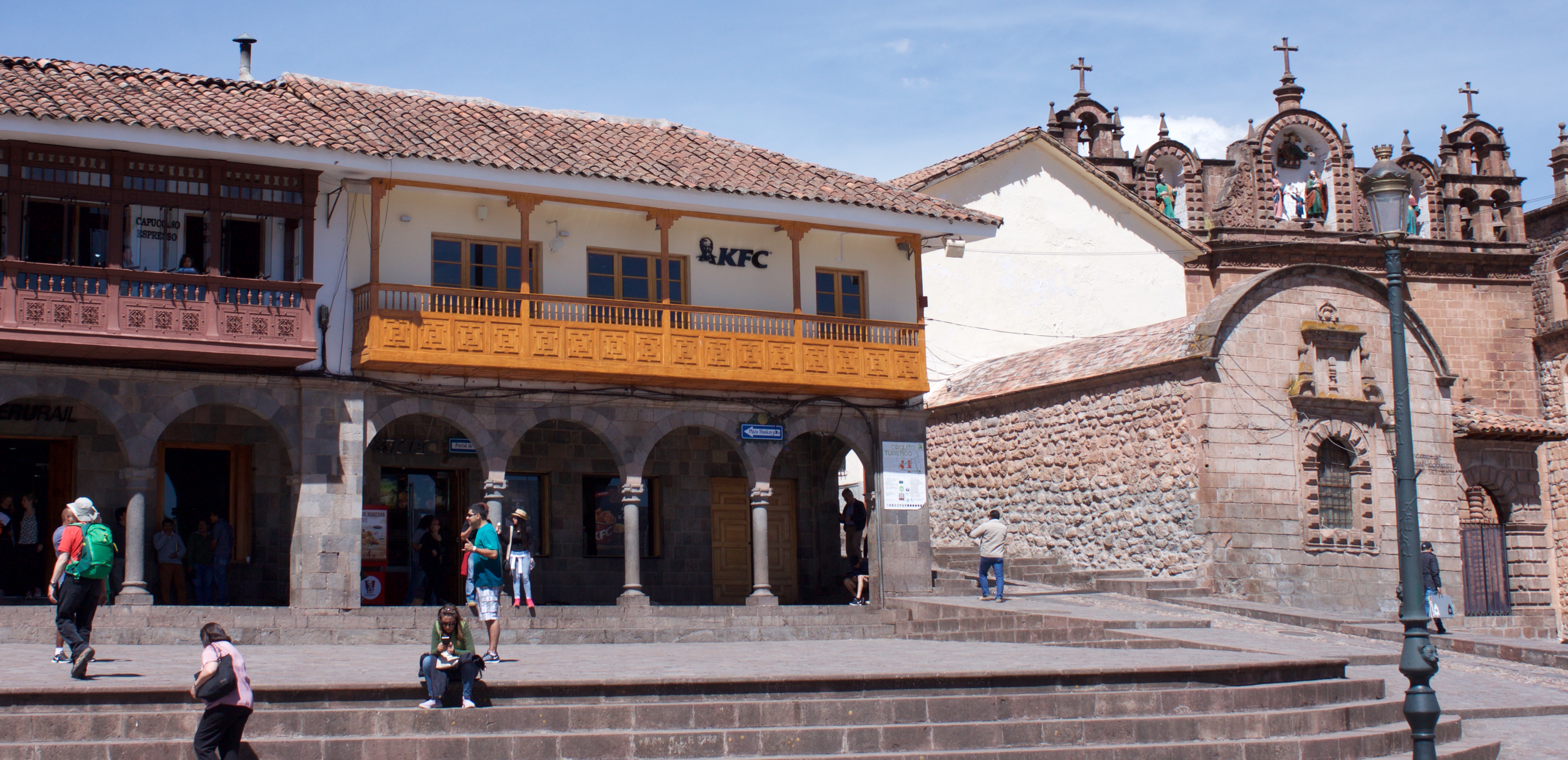









 These adorable little boys remind me of Eli & Dan!
These adorable little boys remind me of Eli & Dan!


















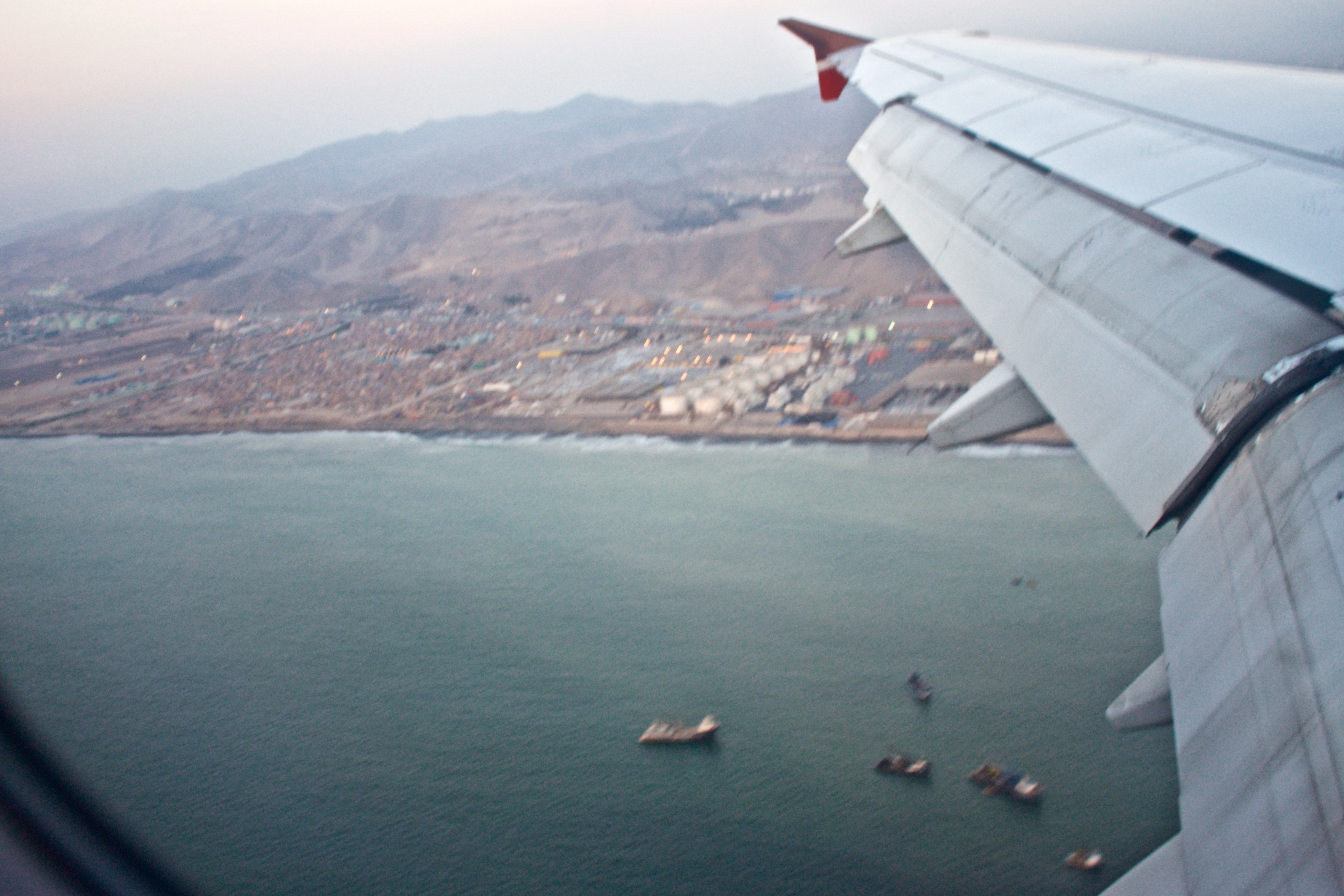







I loved seeing this! President Duvall was one of Jordan’s FIVE mission presidents! We got to meet them in Bilbao when we took Jordan back to visit Spain. Great couple. We miss you guys and pray for you and your missionaries!
So glad you were able to visit Machu Picchu. We really enjoyed our visit to Machu Picchu.